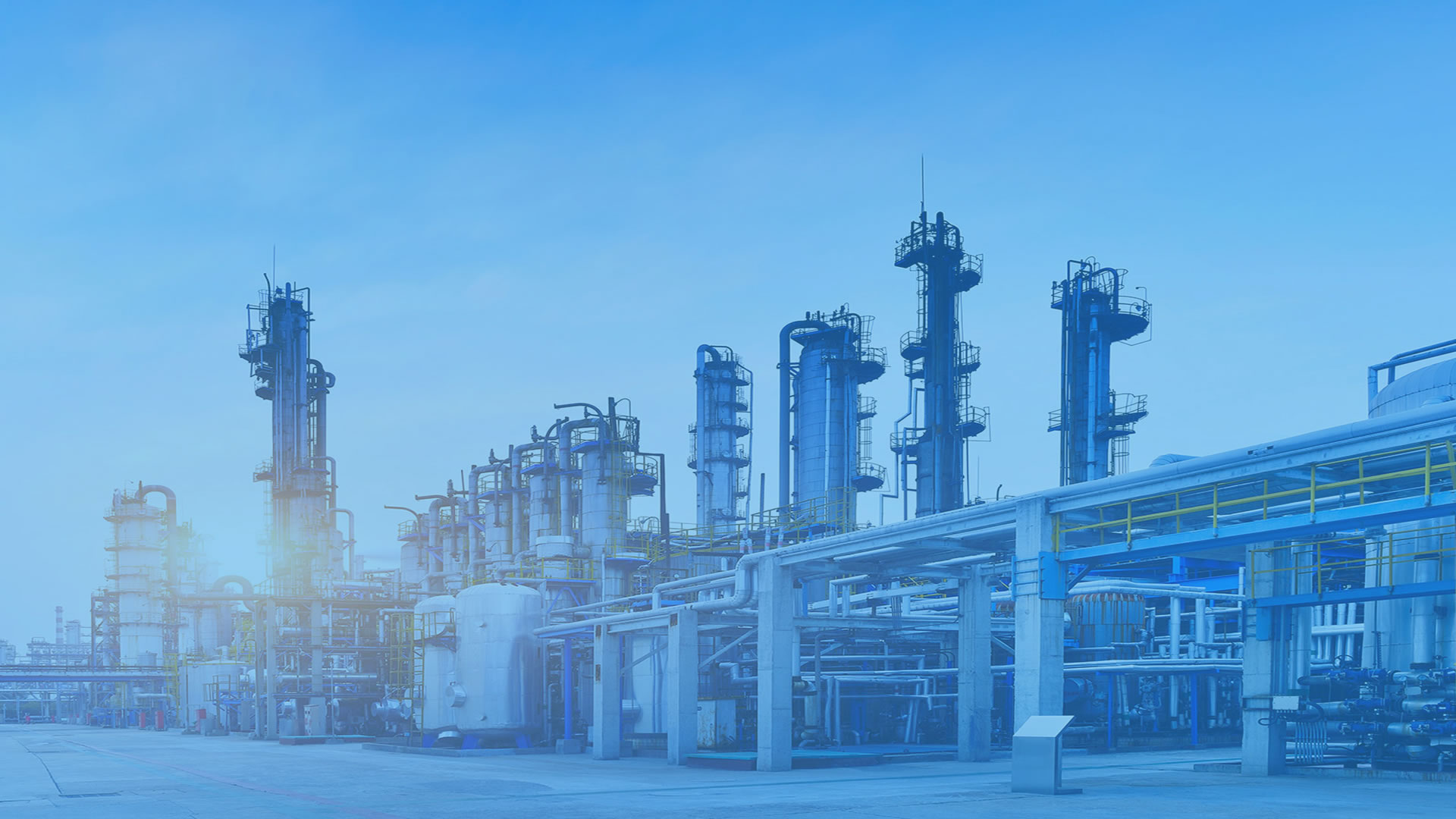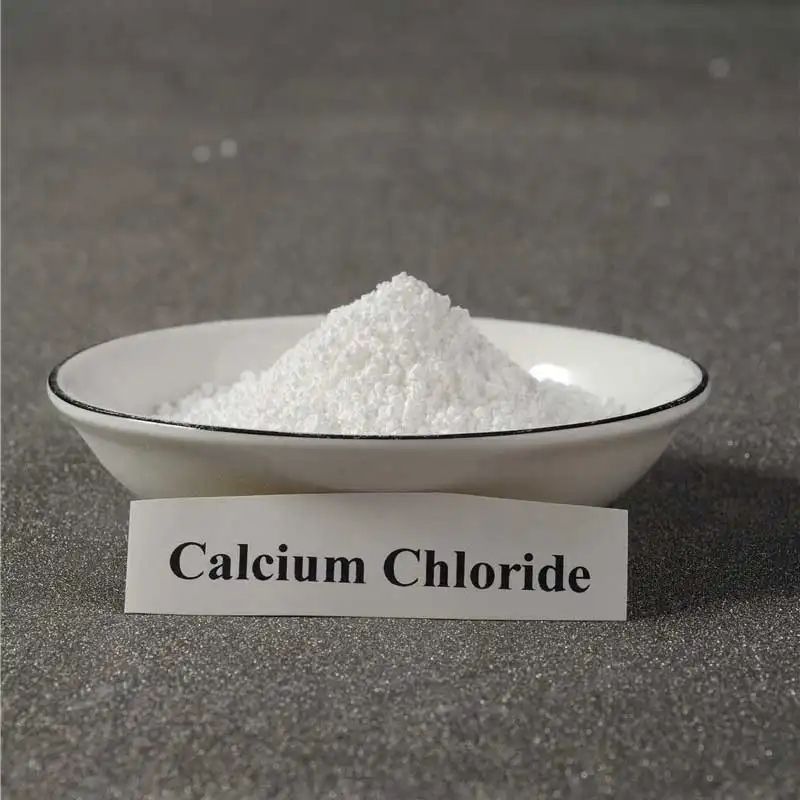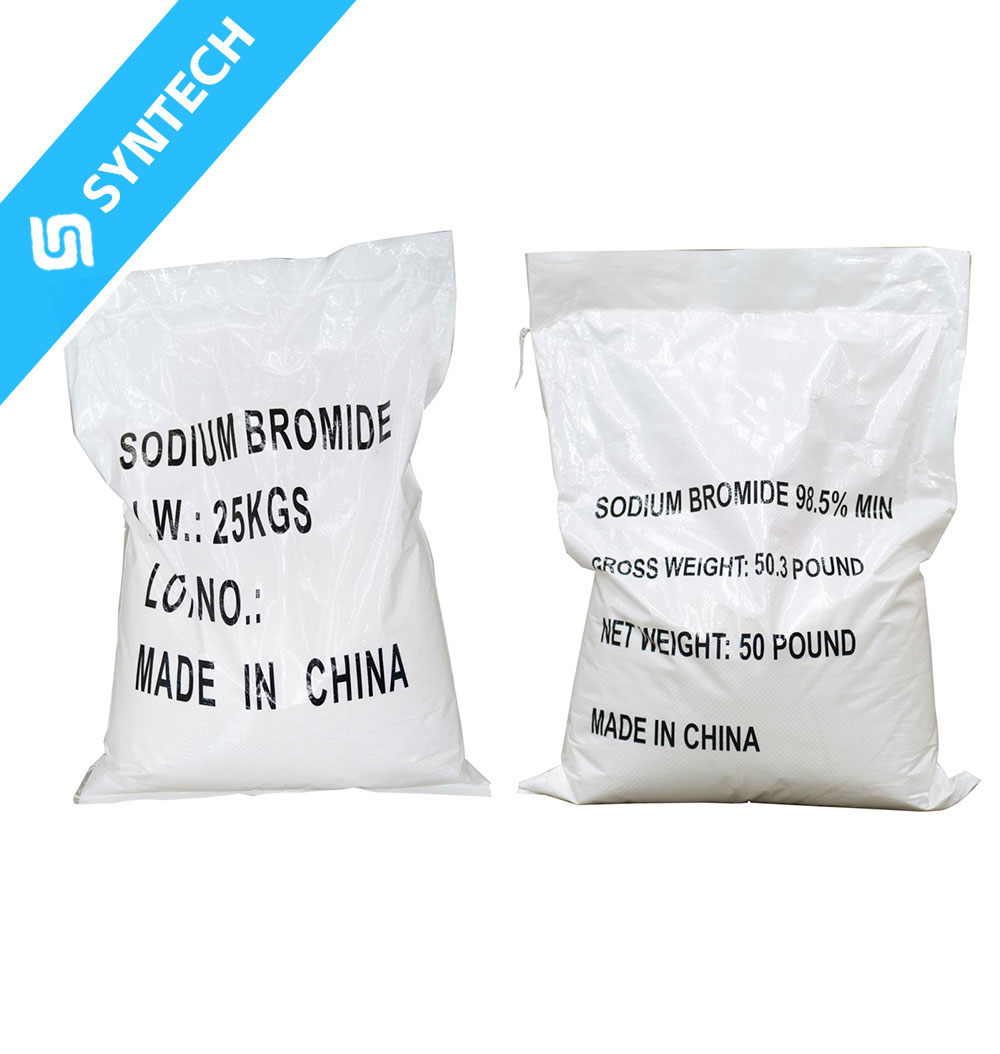Sodium Methallyl Sulfonate (SMAS) and Sodium Methacrylate Sulfonate (SMS) are both vinyl sulfonate monomers widely used as anionic functional monomers in polymerization processes. Despite their similar names and applications, key differences in their chemical structures lead to distinct performance characteristics, making each one preferable for specific applications.
1. Chemical Structure: The Core Difference
The fundamental difference lies in their molecular backbone, which dictates their reactivity and stability.
- Sodium Methallyl Sulfonate (SMAS):
- Structure: CH₂=C(CH₃)-CH₂-SO₃Na
- Key Feature: It has an allylic structure, where the polymerizable vinyl group (CH₂=C-) is connected to the sulfonate group (-SO₃Na) via a methylene bridge (-CH₂-). This structure features an electron-donating methyl group on the double bond.
- Sodium Methacrylate Sulfonate (SMS):
- Structure: CH₂=C(CH₃)-C(=O)-O-CH₂-CH₂-SO₃Na
- Key Feature: It is essentially a methacrylate ester derivative. The polymerizable methacrylate group (CH₂=C(CH₃)-) is connected to the sulfonate group via an ester linkage. A common and important commercial form of this monomer is Sodium 2-Acrylamido-2-methylpropanesulfonate (SAAS or AMPS), which has a similar sulfonate-on-a-chain structure but with an amide linkage, renowned for its exceptional hydrolysis resistance.
The presence of the ester group in SMS is the most critical differentiator, as it can be susceptible to hydrolysis under harsh conditions (high temperature, high pH), unlike the more stable carbon-sulfur bond in SMAS.
2. Comparative Analysis: Properties and Performance
| Property | Sodium Methallyl Sulfonate (SMAS) | Sodium Methacrylate Sulfonate (SMS) |
|---|---|---|
| Chemical Structure | CH₂=C(CH₃)-CH₂-SO₃Na | CH₂=C(CH₃)-C(=O)-O-CH₂-CH₂-SO₃Na |
| Key Structural Feature | Allylic, Methylene Bridge | Ester Linkage |
| Reactivity | High; excellent copolymerization with various monomers (acrylonitrile, acrylates, etc.). Lower tendency to homopolymerize, which favors incorporation into copolymers. | High; but the reactivity ratio can differ from SMAS, potentially leading to different copolymer sequence distributions. |
| Hydrolytic Stability | Excellent. The C-S bond is very stable against hydrolysis under high temperature, acid, and alkali conditions. | Moderate to Poor. The ester linkage can be hydrolyzed, especially at high temperatures and pH, breaking the molecule and potentially losing its functionality. |
| Thermal Stability | Excellent. Can withstand high-temperature polymerization and processing. | Good, but the ester group is the weak link for degradation at very high temperatures over time. |
| Anionic Character | Provides strong, permanent anionic charge (sulfonate). | Provides strong, permanent anionic charge (sulfonate). |
| Primary Function | Introduce stable sulfonate groups for dye sites, dispersion, and electrostatic repulsion. | Introduce sulfonate groups, but with a risk of hydrolysis in demanding environments. |
3. Selection Guide: How to Choose Between SMAS and SMS
The choice between SMAS and SMS hinges on the requirements for hydrolytic stability and the polymerization process conditions.
Choose Sodium Methallyl Sulfonate (SMAS) when:
- High Hydrolytic and Thermal Stability is Critical: This is the single most important factor.
- Synthetic Fibers (Acrylic/Modacrylic): This is the flagship application for SMAS. The dye sites (sulfonate groups) in acrylic fibers must remain intact throughout the fiber spinning process (which involves heat) and subsequent dyeing in various pH conditions. SMAS’s stability ensures consistent dyeability over the fiber’s lifetime.
- High-Temperature Polymerizations: If the polymerization process runs at elevated temperatures, SMAS is a more reliable choice.
- Polymers for Harsh Service Environments: For products that will be exposed to strong acids, bases, or water for extended periods (e.g., certain water treatment chemicals or oilfield chemicals), the long-term stability of SMAS is superior.
- Consistent Performance is Paramount: The low tendency of SMAS to form homopolymers leads to a more uniform distribution within the copolymer chain, resulting in predictable and consistent final product properties.
Consider Sodium Methacrylate Sulfonate (SMS) when:
- The Application is in Mild Environments: If the final polymer product is not subjected to high temperatures, extreme pH, or moisture, the hydrolysis risk of SMS is minimized.
- Cost and Availability are Primary Drivers: In some regions and for specific applications, SMS might be more cost-effective or readily available, making it a suitable choice where its stability limitations are not a concern.
- Specific Reactivity is Required: For certain copolymer systems, the different reactivity ratio of SMS might be desirable to achieve a specific polymer architecture that is difficult to attain with SMAS.
General Rule of Thumb:
For the most demanding applications—especially acrylic fibers and high-performance water treatment dispersants—SMAS is the industry-preferred and often superior choice due to its unparalleled stability. SMS can be a viable alternative for less demanding applications where cost is a significant factor.






